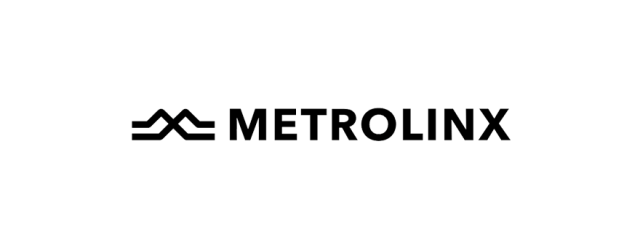Introducing more benefits for end users and delivering more data - Lloyds Banking Group’s Otto Benz on the U.K.’s approach to modernizing payments
Like many countries around the world, the United Kingdom is in the midst of modernizing their national payments infrastructure. In the next three to four years, the country expects to replace two of their major payments systems, amongst other changes. For a deeper dive on the benefits of these changes being introduced we spoke with the Director of Payments Technical Services at Lloyds Banking Group, Otto Benz.
Like Canada, we know that the U.K. is embarking on an ambitious payments modernization journey with several key changes - can you expand on what the U.K. is undertaking and share some examples of end-user benefits?
Within the next four years, the U.K. will go through a major period of structural change in payments infrastructure. In 2017 we saw a couple of initiatives come to fruition, for example the introduction of cheque imaging, and we’ll have the newly announced U.K. New Payments Architecture which will redefine our approach to access, competition and security for our retail and low-value systems. Effectively, the entire U.K. payments infrastructure will be refreshed - creating massive opportunities to all kinds of end users. Additionally, in 2020 the Bank of England intends to launch the enhanced functionality of the real-time gross settlement system.
On the consumer side, we believe, a highlight will be the introduction of our Request to Pay mechanism. Our expectation is that this will help end-users control their outflows, and will provide a better solution than traditional direct-debit mechanisms.
We’re also going to be introducing a capability called Confirmation of Payee. In a wider context, it’s about ensuring who you’re sending your payment to, is actually the person you intend to.
Reflecting on a the broader scale of changes, there are also many benefits to businesses and governments as a result of increased data flow and the use of standardized messaging.
On the subject of data and standardized messaging, here in Canada, we’re underpinning all of our modernized systems with ISO 20022. We’ve heard loud and clear from the industry that there is substantial value for end users to have data and dollars travelling together. Can you expand on the role data and ISO 20022 has as part of the U.K.’s journey?
Enhanced data is a critical part of the U.K.’s journey. Moving to ISO 20022 ensures we have interoperable systems that provide world-class capabilities to our end users. We’ve also done a lot of work with our larger stakeholders to identify really interesting use cases for enhanced data, for businesses and governments in particular. When you take all of those together with other factors: the use of ISO 20022 worldwide, including Europe’s adoption, the domestic regulatory pressure to adopt, and the inherent business cases of providing better data – it certainly makes it an easy decision.
You have had a real-time payments capability for a number of years. While our plans for the introduction of a new RTR and access criteria are quite different than the U.K., maybe you could you reflect on the lessons learned from the U.K.’s real-time payments initiative?
The U.K. journey was quite early, and the adoption has been gradual over the course of the last 10 years. Batch payments still represent a substantial volume and the proportion of real-time is still quite low. However, it’s definitely moved to a place where if you want to make a payment to another person or company, the expectation in the retail sector is that it's instantaneous.
Now people in the U.K. are seeing it as a platform for retail innovation - this is attributed to the introduction of open banking and an API framework. Until you have a way of automating some of these payment mechanisms, from a commerce perspective, it’s very convenient to go fast and you get the immediacy, but that doesn’t make it a platform for innovation. I believe, it’s only when you automate it and digitize it and actually add some value to the payment transaction that it becomes a real platform for innovation.
Adoption and innovation are likely to happen much more swiftly in Canada where you have had the opportunity to learn from some of the early movers on real time and where you have elements of a real-time payment system already in place.



